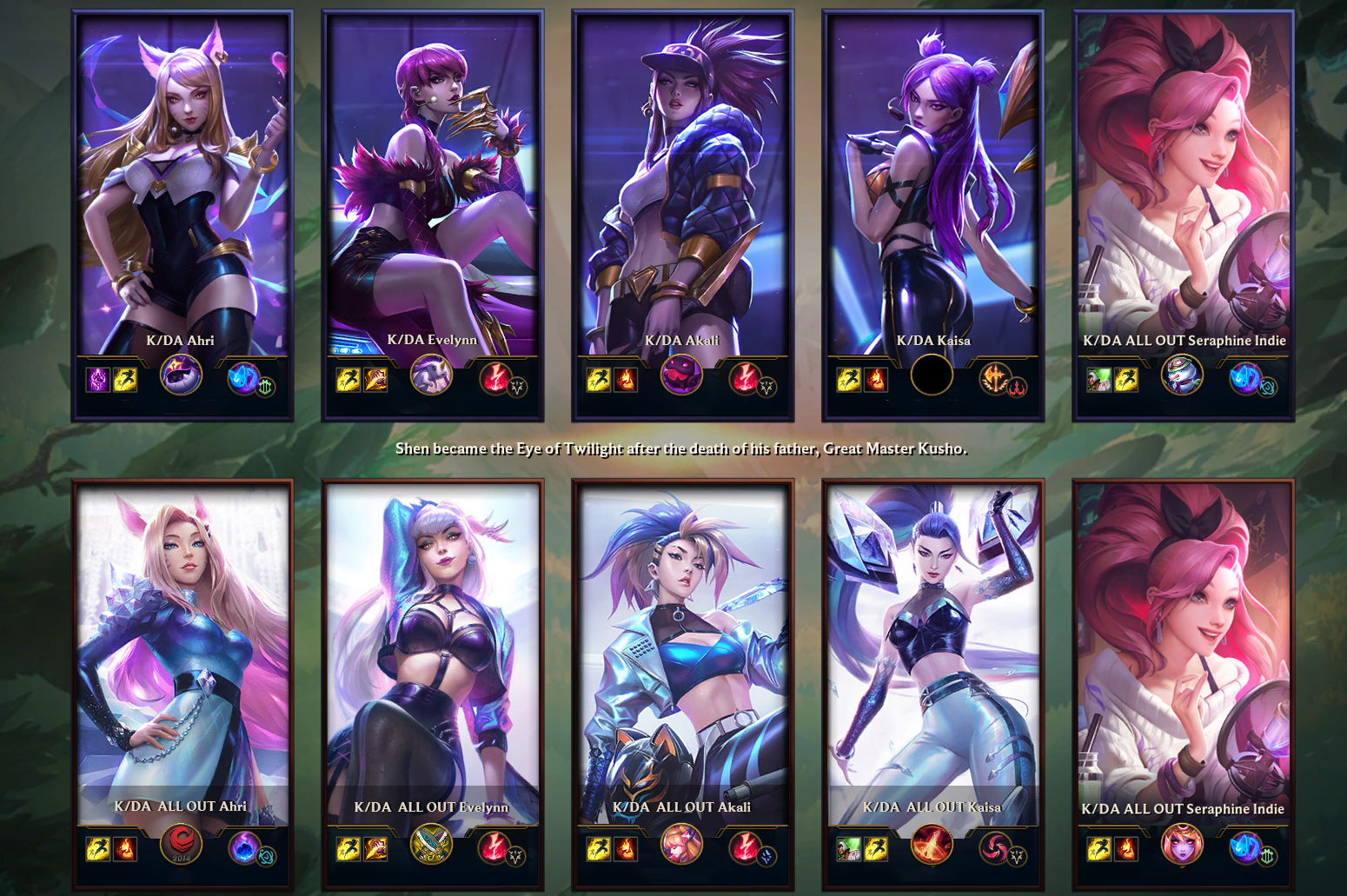Understanding KDA in League of Legends

In the dynamic and competitive world of League of Legends (LoL), the term “KDA” holds significant importance and serves as a key metric for evaluating player performance. KDA, which stands for Kill-Death-Assist, offers insights into a player’s effectiveness in combat and their contribution to their team’s success. Let’s look into the meaning of KDA and its relevance within the realm of League of Legends:
What is KDA?
KDA represents a numerical ratio that quantifies a player’s performance based on their kills, deaths, and assists in a given match. The formula for calculating KDA is
KDA=(Kills+Assists)/Deaths
In essence, KDA reflects the ratio of a player’s kills and assists to their deaths, providing a view of their impact on the battlefield. A higher KDA indicates greater effectiveness and survivability, while a lower KDA may suggest areas for improvement in positioning, decision-making, and teamwork.
Understanding the Components of KDA:
- Kills (K):
Kills represent the number of enemy champions that a player has eliminated during the course of a match. Securing kills not only grants gold and experience but also weakens the opposing team’s strength and control over objectives. Players who excel at securing kills often play aggressive roles or capitalize on opportunities to eliminate vulnerable opponents.
- Deaths (D):
Deaths signify the number of times a player’s champion has been defeated by enemy champions during the match. Each death grants gold and experience to the opposing team and temporarily removes the player from the battlefield. Minimizing deaths is crucial for maintaining momentum, preventing the enemy from gaining an advantage, and preserving map control.
- Assists (A):
Assists denote the number of times a player has contributed to the elimination of enemy champions without securing the final blow. Assists are equally valuable as kills, as they facilitate team, enable coordinated plays, and ensure that teammates receive credit for their contributions to team fights and skirmishes.
The Significance of KDA:
- Performance Evaluation:
KDA serves as a fundamental metric for evaluating individual and team performance in League of Legends. Players can assess their effectiveness in combat, identify areas for improvement, and set performance goals based on their KDA ratios across multiple matches.
- Objective Measurement:
KDA provides an objective measurement of a player’s impact on the outcome of a match, transcending subjective factors such as playstyle preferences or champion mastery. By focusing on improving their KDA, players can refine their gameplay mechanics, decision-making skills, and teamwork abilities to become more effective contributors to their team’s success.
- Strategic Decision-Making:
KDA influences strategic decision-making during the course of a match, guiding players in prioritizing objectives, assessing risk-reward scenarios, and adapting their playstyle to match the evolving dynamics of the game. Players with higher KDAs are often perceived as reliable allies and strategic assets, garnering respect and trust from their teammates in critical moments.
Conclusion:
In summary, KDA serves as a cornerstone of performance evaluation and strategic analysis in League of Legends, providing players with valuable insights into their combat effectiveness and contribution to team success. By understanding the components of KDA and striving to improve their ratios, players can elevate their gameplay, teamwork, and achieve greater succes.
Leave a Reply